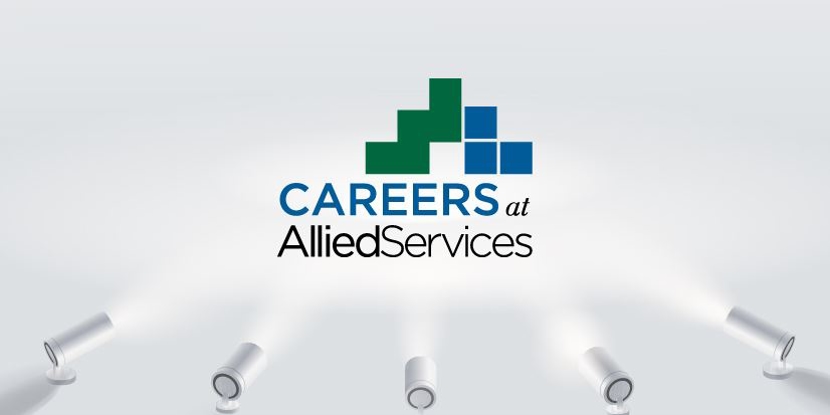Lower Extremity Lymphedema: What You Need to Know
- Category: Media
- Posted On:
- Written By: Allied Services Integrated Health

Lower Extremity Lymphedema: What You Need to Know
Lymphedema is a chronic lymphatic disease that results in disfiguring swelling in one or more parts of the body. It can be hereditary (primary lymphedema) or it can occur after a surgical procedure, infection, radiation or other physical trauma (secondary lymphedema). Primary lymphedema is rare, affecting 1 in 100,000 individuals, while secondary lymphedema affects approximately 1 in 1000 Americans.
Lower extremity lymphedema is often under-recognized and, as a result, underserved as a patient group. While many individuals attribute cancer as the top cause of lower extremity lymphedema, it is actually chronic venous insufficiency (CVI.)
In an article published in The Journal of the American College of Certified Wound Specialists, Dr. W. Farrow describes phlebolymphedema as a two-system failure that can result in a downward spiral of worsening symptoms. Clinicians need to address the veins and lymphatics, or this issue will continue to worsen. To put it simply, venous insufficiency is a failure of the veins to circulate the blood satisfactorily.
Some secondary causes of CVI are obesity, trauma, pregnancy, surgery, extended periods of standing or sitting, and muscle weakness. Studies have shown that CVI is a top reason for patients to end up transitioning to lymphedema-phlebolymphedema. Phlebolymphedema affects about 5% of the population, about 16 million patients in the United States.
Lymphedema is a progressive and chronic condition in which protein-rich fluid builds up in the interstitial tissue spaces. This can lead to tissue damage and adversely affect the immune system. With the onset of lymphedema, the lymphatic system cannot successfully pick up and convey fluid back into the cardiovascular circulation.
Phlebolymphedema patients face major issues with their condition such as cellulitis, venous leg ulcers, pain, functional performance deficits with functional mobility, and completion of activities of daily living (ADL.)
Allied Services Integrated Health System has a committed, certified team of therapists who are specially trained to work with lymphedema patients. The Lymphedema Management Program bases its model of treatment on Complete Decongestive Therapy which consists of Manual Lymph Drainage, Compression Bandaging with the transition to compression garments, skin and nail care precautions, patient education in self-care, and training in a home program to promote lymphatic circulation.
The lymphedema program at Allied Services provides comprehensive rehab care to patients with acute to chronic lymphedema. Our Certified Lymphedema Therapists provide individualized treatment plans and education to help patients manage their condition. Patients at Allied Services can benefit from advanced technology such as negative pressure devices that promote lymphatic circulation. Our staff has attended advanced training and several are certified in the Vodder Technique, as well as by the Lymphedema Association of North America (LANA). The lymphedema program is available in our Dunmore, Pittston, Scranton and Wilkes-Barre Rehab Centers
Learn more about Allied Services lymphedema program.
About the Author: Diane Jason, OTR/L, CLT/LANA is a graduate of College Misericordia, where she obtained a Bachelor of Science Degree in Occupational Therapy. Diane is also a certified lymphedema therapist and obtained her LANA Lymphedema Association of North America certification in 2003. Diane is also a member of the NLN National Lymphedema Network. She has been with Allied Services for 30 years working as an Occupational Therapist and currently serves patients at Allied Services Wilkes-Barre Rehab Center.



